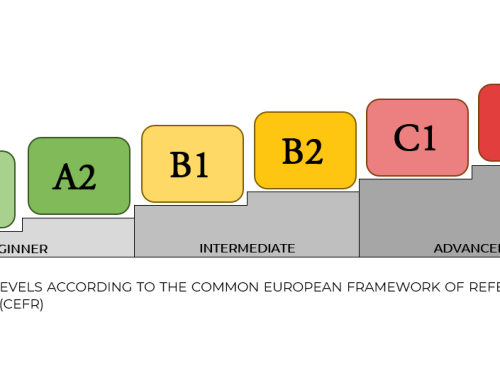In the footsteps of Dracula
Who has never heard of Dracula, a Transylvanian count who turns into a bat, sleeps in coffins, and drinks the blood of the living? What child has never dressed up as Dracula? This colorful character has spilled a lot of blood at Halloween parties… But do you know where this legend comes from?
The existence of this legend is due to Vlad Țepes, ruler of the territory called Țara Româneasca in three periods – 1448, 1456-1462, 1476. A prominent figure of the Middle Ages, an important “mover and shaker” in the conflicts of this period in the region, Vlad Țepes is confused with the fictional character Dracula for two main reasons.
First, he was known in history for his cruel attitude – he impaled enemies, traitors and anyone who broke the local law. He was not content with a simple death sentence. Crime had decreased so much during his reign that it is said that in the capital of Wallachia, Targoviste, there was a golden cup at the fountain, and no one dared to steal it for fear of the punishment they would receive.
Another reason for the confusion between Vlad Țepeș and Dracula is the fact that Țepes father was also called Vlad but had the nickname Dracul (the Dragon). This nickname was given to him for a simple reason: he was a member of the Order of the Dragon and fought against non-believers, promoting the values of Christianity in the West. From the name of this order came various names such as Dracul, Drăculea, Dracea, etc. Vlad the father and Vlad the son were thus confused in popular folklore, and Vlad Țepes was more suitable for the nickname Dracula, given his barbarous preference for punishment. Let’s not forget that before Vlad Țepes entered conflict with the Turks, he beheaded the Sultan’s envoy and sent his head to the Sultan in response to his demand for payment of taxes to the Ottoman Empire.
Granted, if Bram Stoker had not written the novel in 1897, Dracula/Vlad Tepes would have remained unknown outside of Romania. Although the novel goes far beyond the real and historical limits, Vlad the Impaler’s association with the attributes of a vampire makes him extremely notorious and persistent in time.
One of the legends tells that Vlad the Impaler, having gone into battle, leaves his beloved wife, Elizabeth, alone in the castle. The Turks devise a plan to attack the castle and the queen commits suicide. Vlad the Impaler returns home to find his wife in a pool of blood. In his grief, he curses God and sells his soul to the Devil in exchange for immortality.
Another legend says that the transformation of Vlad the Impaler into the bloodthirsty Count Dracula is due to the fact that, according to the custom of the time, the winner of a battle assuaged his thirst with the blood of the defeated.
Vlad’s expeditions to Transylvania spilled a lot of blood, and blood is the source of vampire stories. Legend has been mixed with fact to create a fiction that still makes us shiver today.





